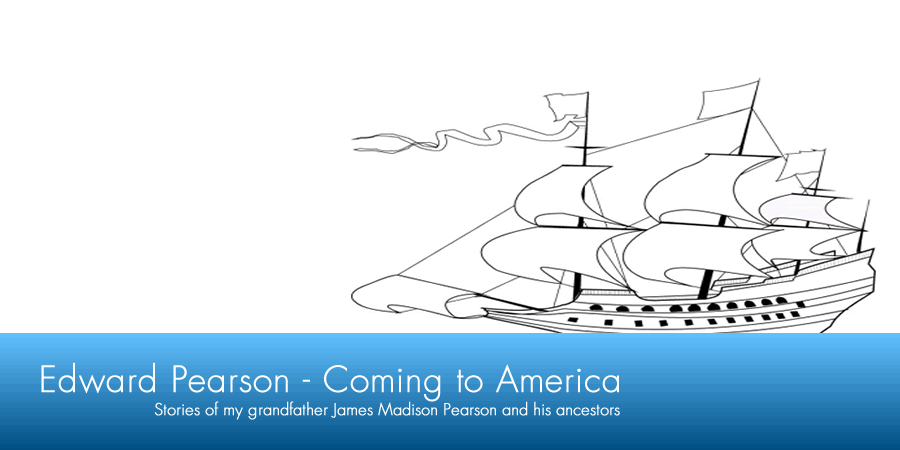A graduate of law at the University of Alabama, he was too young to have fought for the south in the Civil War, too old to have fought in the Spanish American War. The French gave him his honorary title when he completed four years of graduate study in France, where when the debate continued over revolution and counter-revolution, church and state, and monarchy and republicanism. Young Charles, for he was perhaps in his late twenties by now, was influenced by the moderate President Jules Grévy and his brother Jules Philippe Louis Albert Grévy, who was one of his instructors.
He returned to Alabama and to his father’s farm. He married the beautiful and mysterious Zenia Blasingame, and they had nine children, unusually named and exceptionally well-educated, who, of those that survived the rigors of childhood, grew up, moved away, and lived good lives.
Charles became Brigadier-General of the Alabama State Troops, and so earned his title.
Charles, good son that he was, cared for his father and mother until their deaths. He practiced law in Tallapoosa County and oversaw a large farming operation in the red clay hills of Alabama that grew to over 42,000 acres.
The farm is gone, sold to a lumber company, and the land has reverted to pine trees and kudzu, the children are gone, what remains is a small cemetery lost in the woods, appropriately called the General Charles Lafayette Pearson cemetery.
The general died on January the 12, 1894 and his remains lay along with those of his father and mother and a few other souls.
Notes.
During a time in Alabama state history when ordinary working-class citizens opposed compulsory education, he insured his children got a good education. Several of them went to Emory College in Atlanta, others to Kansas State in Manhattan. One son, James Nevels Pearson taught at Michigan State after graduating from Kansas State. Another son, Varlourd left Kansas State to enlist in the Army during World War I (He died during the Meuse-Argonne Offensive and received the Distinguished Service Medal), another son Madison Bertand Pearson, also graduated from Kansas State University and played on the World Champion Chicago Bears team in 1932.
The general's oldest surviving son was Carlos Lopez Pearson. There is little information available about him other than a draft registration for World War II that declares he was born in Hudleyville, Alabama, March 14, 1887, and was then (1942)living in Wenatchee, Washington. The name Carlos Lopez is a play on his father's name, Charles Lafayette - Carlos is Spanish for Charles and Lopez comes from Antonio López de Santa Anna, the Lafayette of Mexican independence.
I am not able to independently verify that Charles Pearson was a Brigadier General of the Alabama State Troops or to learn the exact organization referenced.
Personal note.
The General is my great great uncle.
Great great grand-daddy James Madison Pearson (1817 - 1891) was born in Monticello, Jasper County Georgia. In the 1830's, he left Georgia for the new state of Alabama, settling on land recently taken from the Creek Indians along the Coosa River, some 12 miles north of Dadeville, in Tallapoosa County.
Read about the Creek Wars, Alabama Department of Archives.
James and wife Elizabeth Ann Brown had nine children. See O'Farrell Family. Included in this brood, was my great great grandfather Benjamin Rush Pearson, born 1849, and his younger brother Charles Lafayette Pearson, born 1854.
More sources and notes
 |
| General Charles Lafayette Pearson, courtesy of George Campbell |
 |
| Two story family farm in Alabama in the Auburn University Libraries |
Find a Grave.







